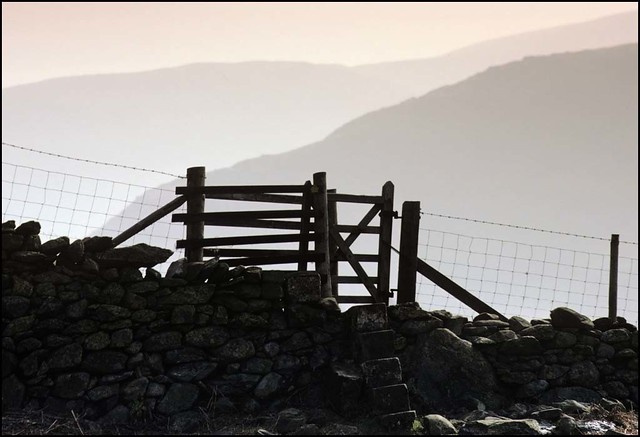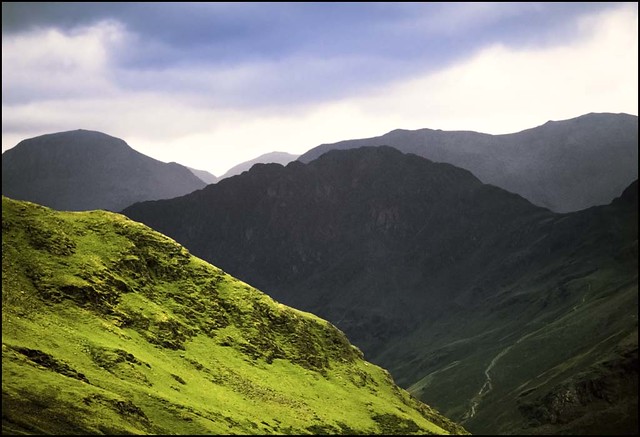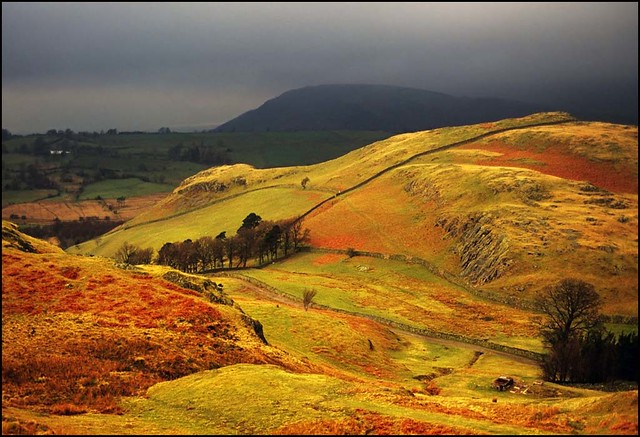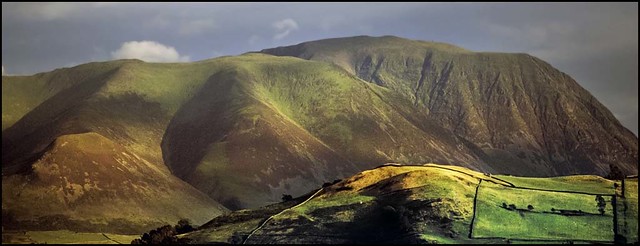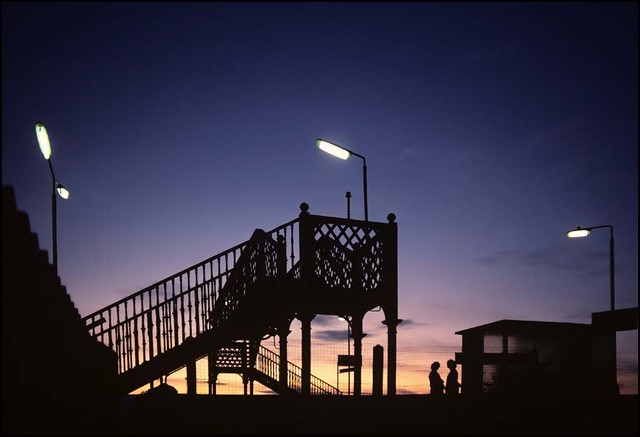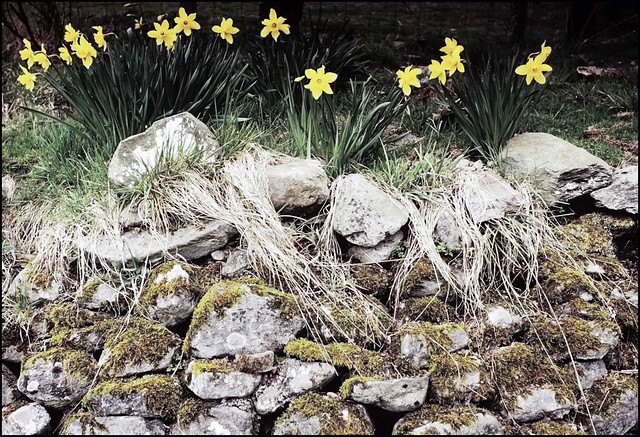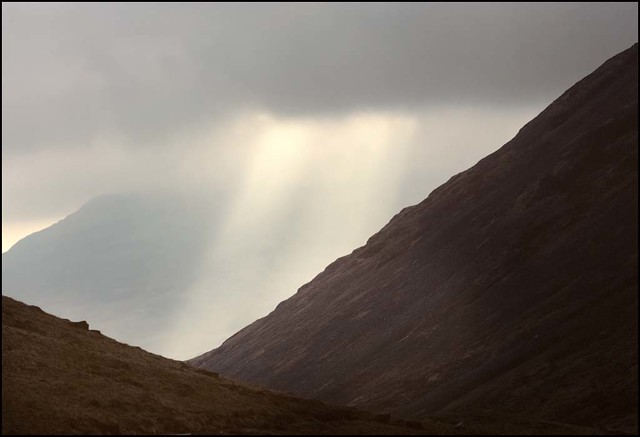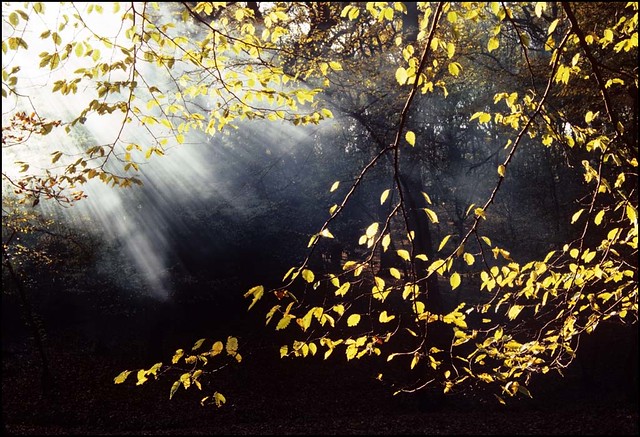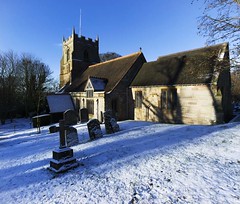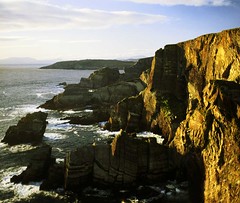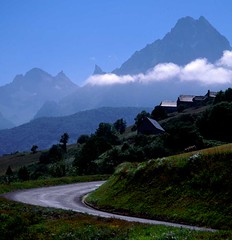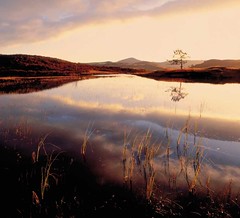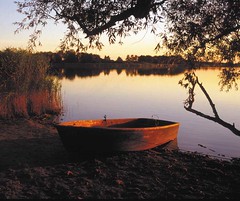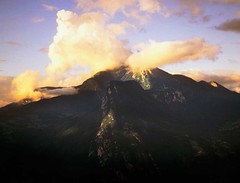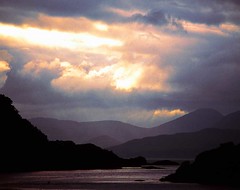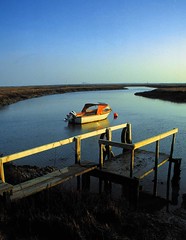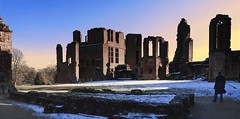
Sometimes I long for the simplicity of film cameras. You'd make a choice of camera, buy the lenses that suited your way of working and pop a few rolls of your favourite film in the fridge. (For those of you too young to remember this - it kept it fresh. Film did deteriorate with age - unlike photographers who just get better and better!)
That would probably be it for a few years. The occasional new lens appeared that you might be interested in, and companies upgraded their cameras from time to time. You could choose to stick with what you had or get the new model. Ultimately your pictures probably wouldn't look any different. Every now and then a new film was released, and if it suited you then you might switch. The whole process was very slow paced. Consequently I used the same medium format camera (A Pentax 645) for 13 years. I've had some recent cameras for less than 13 weeks!

l always worked on this order of priority to determine the quality of my images. (For the vast majority - transparency film) Film > Lens> Camera. Since with digital the "film" is the camera sensor, the order of priority has changed. Its now Sensor > Camera > Lens. With film there was a fairly slow progression in terms of film improvement. This is not the case with sensor improvement. It moves at a much quicker pace and to take advantage of it you have to buy the whole camera, instead of just buying a new roll of film.

The first "serious" digital camera I bought was a Fuji S2 pro back in 2003. I've often wondered if I should have kept it longer. Would it really have made that much difference to my work? Well thinking back it was difficult to use, it had two sets of batteries, which would run out at different times, so you had to carry two sets of spares. It also pretended to be a 12MP camera, when it was in fact a 6MP camera with a bit of fancy footwork from Fuji. I've certainly bought and sold a lot of cameras since the Fuji. It all seems so complicated, has it all been worth it?
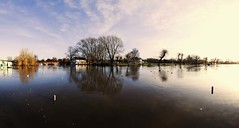
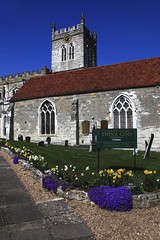
Well for me the answer is a resounding yes. Things move on, and the images I can now create are superior to those I took with those early digital cameras. They are also a good deal easier to use. I've been posting some images I shot on 35mm film recently and people have posted nice comments about them. Unfortunately its difficult to do them justice, since getting a scan that matches the quality of the most basic of my digital cameras has so far eluded me. They look great at small sizes on the web, but reproduction size is restricted to about the equivalent of a 6MP camera for many of them, due to the characteristics of the film I used.
All other things being equal, more pixels = better resolution. The images I'm currently creating are superior for sharpness, noise and colour than the images I was creating a few years ago. Ultimately thats what matters.
I just wish sometimes, that the pace of development would slow down a bit!
Words - D
Images - D & A
